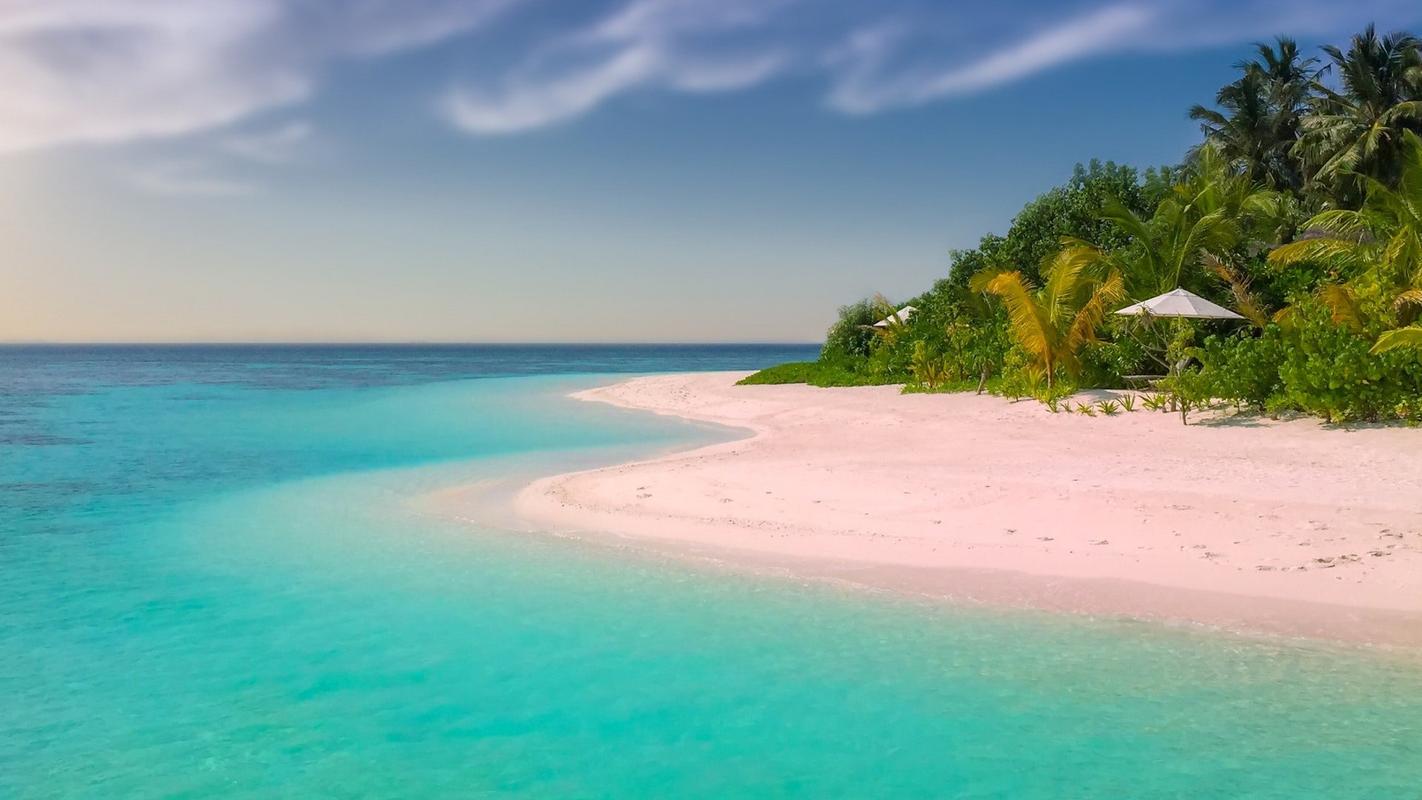Spain is a country rich in culture and traditions. From flamenco dancing to bullfighting, Spain has a plethora of customs that have been passed down for centuries and continue to be celebrated today.
Flamenco, a form of Spanish folk music and dance, originated in the southern region of Andalusia. Flamenco expresses intense emotions through the interaction between dance, music, and singing. A flamenco performance can range from a solo dancer with a guitar to a full stage performance. Flamenco is a true representation of Spanish culture and has become a symbol of Spain around the world.
Bullfighting is another traditional and controversial Spanish spectacle. A bullfight usually consists of three matadors, each facing two bulls. The purpose of a bullfight is to showcase the bullfighter’s bravery, skill, and technique. While it has been considered a sport in Spain for centuries, bullfighting has also received criticism from animal rights activists in recent years.
Another cultural tradition in Spain is the siesta. A siesta is an afternoon nap that typically takes place after lunch. This tradition stems from Spain’s warm and sunny climate and is a way for people to rest during the hottest part of the day. While siestas are not as common as they used to be, they are still a beloved aspect of Spanish culture that many locals and tourists enjoy.
Spain is also known for its delicious cuisine, which varies by region. One of the most famous dishes in Spain is paella, a rice dish with saffron, onions, garlic, and a variety of meats or seafood. Another popular Spanish dish is tapas, which are small appetizers that are typically served with drinks. Spain’s cuisine is a reflection of its rich history and diverse culture.
In addition to its cultural traditions, Spain is renowned for its art and architecture. The works of artists such as Pablo Picasso, Salvador Dali, and Joan Miró have had a significant impact on the art world. Meanwhile, Spain’s architecture features a mix of styles, including Gothic, Renaissance, and Moorish. Some of Spain’s most famous landmarks include the Sagrada Familia in Barcelona and the Alhambra in Granada.
In conclusion, Spain’s cultural traditions are varied and vibrant. From flamenco to bullfighting, Spain’s customs have been passed down through generations and continue to be celebrated today. Spain’s art, architecture, cuisine, and siestas are all a reflection of its rich history and diverse culture. Whether you’re a local or a tourist, Spain has something for everyone to appreciate.
(Note: Do you have knowledge or insights to share? Unlock new opportunities and expand your reach by joining our authors team. Click Registration to join us and share your expertise with our readers.)
Speech tips:
Please note that any statements involving politics will not be approved.
